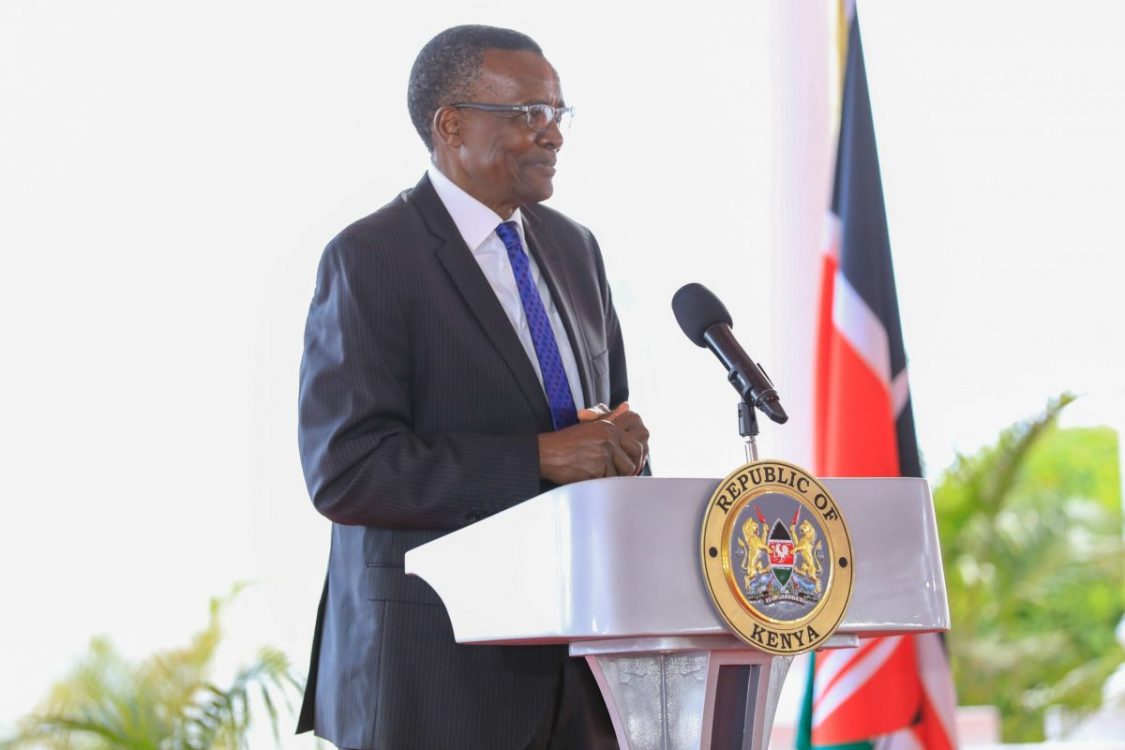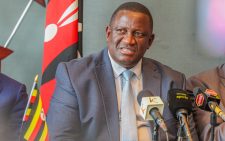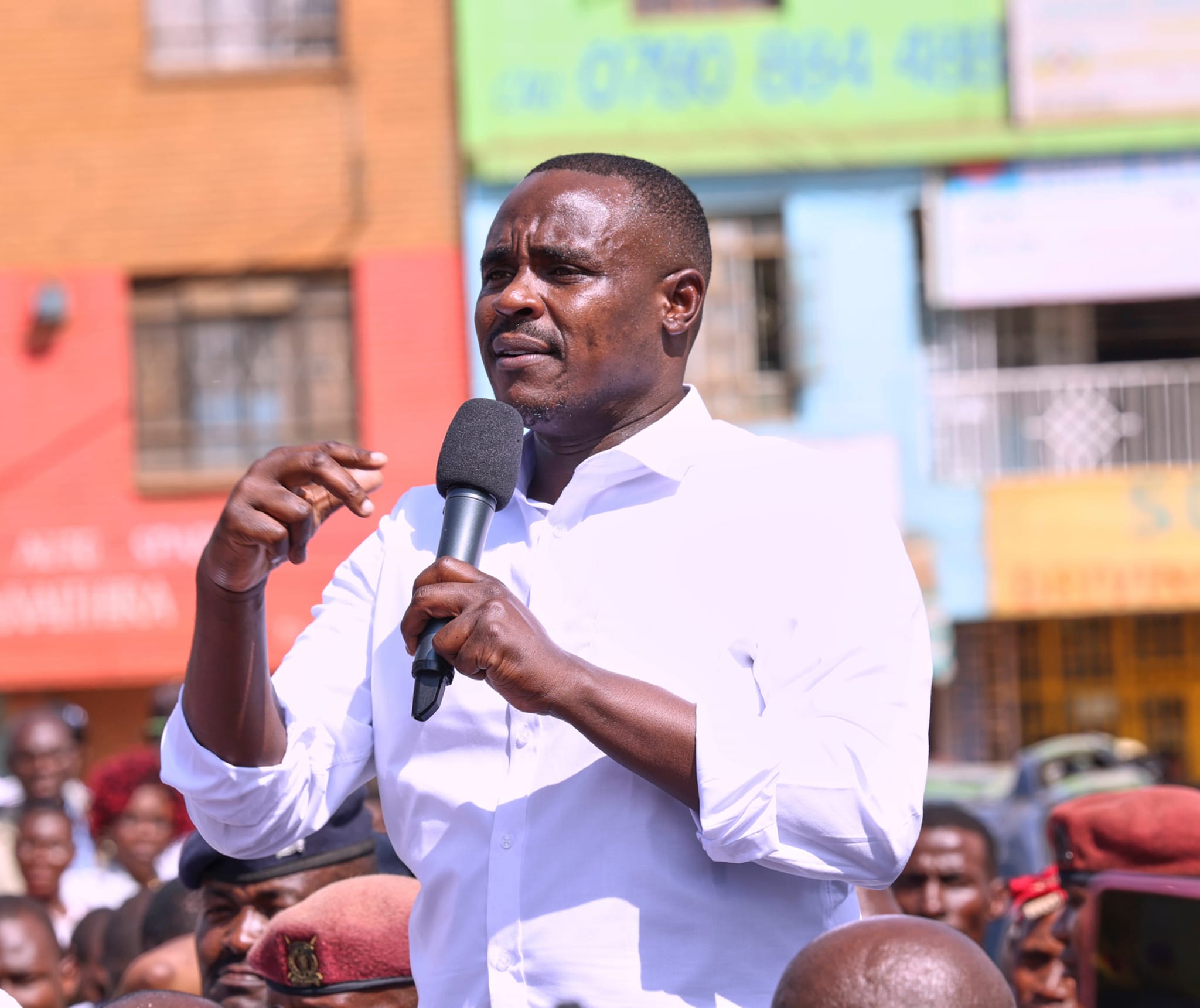Why police need a complete mind shift

Sixty years after independence, Kenya’s police service remains ensnared in the very shadows it was meant to escape—a force originally designed to dominate rather than serve.
Although it now bears a new name and insignia, the institution still bears the marks of its colonial ancestry: violent, hierarchical, and resistant to public accountability.
To understand why meaningful reform has remained elusive, we must revisit how policing in Kenya began—and why its purpose has never truly changed.
Policing in Kenya did not emerge from a social contract between the state and citizens.
It was a colonial project of control. As early as 1887, law enforcement functions were handled by the East Africa Trading Company. After 1902, the Kenya-Uganda Railway established its own police units to protect its infrastructure.
In 1906, the Police Ordinance formally laid the groundwork for the creation of a police force, culminating in the establishment of the Nairobi Mounted Police in 1907.
With the declaration of the British Kenya Colony in 1920, the Kenya Police Force, as it came to be known, took shape—an armed paramilitary outfit focused not on public safety but on securing settler interests and suppressing African resistance.
Systematic torture
The structure of this force reflected its colonial mission. British and Indian officers held command, while Africans served in the lower ranks as enforcers of laws they neither made nor understood.
Their mandate was clear: enforce tax collection, oversee evictions, uphold forced labour policies, and protect colonial property.
This model intensified during the Mau Mau Emergency (1952–1960) when the Kenya Police Reserve joined the military and colonial administrators in carrying out violent reprisals, mass arrests, and systematic torture.
The police were cast in the public imagination not as keepers of peace, but as instruments of fear. Tragically, that image survived independence.
In 1963, Kenya inherited the colonial police structure almost entirely intact. While leadership began to Africanise, the fundamental ethos of the force—repression over protection—was never dismantled.
Successive governments from Jomo Kenyatta to Daniel arap Moi maintained the police as a tool of political control. Dissent was criminalised, opposition figures were jailed or exiled, and citizens were taught to fear, not trust law enforcement.
The presidency of Mwai Kibaki (2002–2013) promised change, especially after the 2007–2008 post-election violence laid bare the brutality and dysfunction at the heart of the police service.
The Waki Commission recommended sweeping reforms, which informed the transformative 2010 Constitution.
This new legal framework sought to reimagine policing entirely. It created the National Police Service (NPS), guaranteed the operational independence of the Inspector General, and established the Independent Policing Oversight Authority (IPOA) to investigate misconduct.
The NPS was restructured into two main arms: the Kenya Police Service and the Administration Police Service. Recruitment into the service occurs annually, often targeting youth between 18-28 years.
In theory, this should have laid the groundwork for a democratic, accountable, citizen-focused police force.
But in practice, the changes were cosmetic. Under President Uhuru Kenyatta (2013–2022), the government poured resources into modernising the police—acquiring new vehicles, communication systems, and uniforms.
Yet the mental, ethical, and cultural reorientation necessary to support these reforms was neglected. Extrajudicial killings continued, especially in informal settlements. IPOA’s findings have routinely been ignored.
The 2017 election cycle saw police respond to protests with deadly force. The killing of Baby Pendo in Kisumu, a six-month-old, struck during a police raid, became the haunting emblem of a service still steeped in violence.
President William Ruto’s administration (2022–present) has made rhetorical commitments to reform, including promises of financial autonomy for the NPS.
But actions have lagged behind words. The 2025 custodial death of a teacher and blogger, Mr. Albert Ojwang, allegedly under the watch of police, renewed public outrage.
President Ruto conceded that “police had blood on their hands,” but this admission, like others before it, remains reactive rather than transformative.
The persistence of brutality and impunity raises urgent questions: Why do young officers—many born after independence—continue to act with the brutality of colonial-era askaris?
Why does the Kenyan public still fear the very institution meant to protect them? The answer rests not only in policies but in the psychology and philosophy that underpin the force.
A recent comment by a concerned citizen captured this dilemma with painful accuracy: “Before you digitise police stations, digitise their brains.”
It is not a lack of technology, but a failure of worldview that paralyses police reform.
Today’s officer often sees a citizen not as a rights-bearing individual but as a threat to authority. To question police conduct is treated as arrogance or insubordination.
This is not a few rogue officers—it is a deeply entrenched institutional mindset that should be weeded out.
Reforming the police, then, requires far more than body cameras, surveillance tools, or automated Occurrence Books. These are aids—not solutions.
Real reform begins with a complete mind shift: a fundamental re-education that reframes what it means to wear the uniform.
Police training must emphasise ethics, emotional intelligence, constitutional law, and community engagement. Officers must be taught that restraint is strength, that serving the public is not submission, and that lethal force is a last resort—not a reflex.
Just as the Maasai warrior walks proudly with a rungu, a sword, and a walking stick—but rarely uses them to harm unless absolutely necessary—so too should our police be armed with authority but guided by discipline and honour.
That is the kind of restraint Kenya’s police must learn.
Institutional change also demands new internal practices. Officers should be grouped into reflective units—“debriefing clusters”—to discuss their experiences, confront their biases, and evaluate their conduct.
Such introspection can help shift the internal narratives that define police identity.
Meanwhile, IPOA must be strengthened. Since its creation in 2011, it has received thousands of complaints, yet few convictions have followed.
IPOA must be given powers to prosecute—not just recommend action. Equally, reform must address police welfare. Many officers operate under severe stress, poor housing, low pay, and stalled career progression.
Burnt-out, disillusioned officers are more likely to project frustration onto the public. Reform must restore dignity not just to civilians, but to the men and women in uniform.
You cannot cultivate compassion in a workplace defined by neglect.
Kenya is not alone in this journey. Countries like Norway, New Zealand, and Rwanda offer instructive models.
Norway’s largely unarmed force, New Zealand’s bicultural policing, and Rwanda’s community-based approach show that professionalism, accountability, and public trust are not mutually exclusive.
A police service can be respected by citizens and feared by criminals. It can be firm without being cruel.
Ultimately, Kenya must complete the journey from a police force to a police service—not just in title but in practice. This transformation must be structural, cultural, and deeply human. It requires political will, moral leadership, and persistent civic oversight.
Let us exorcise the ghosts of the colonial police and, in their place, build a 21st-century institution worthy of the republic: one that protects all Kenyans equally—with justice, dignity, and heart.
The writer is a History Lecturer & UASU Chapter Trustee, Alupe University-Kenya.















